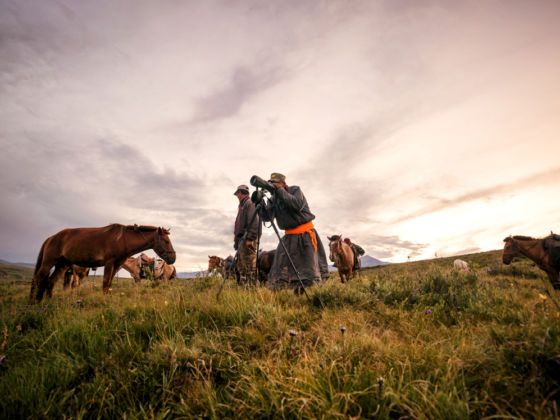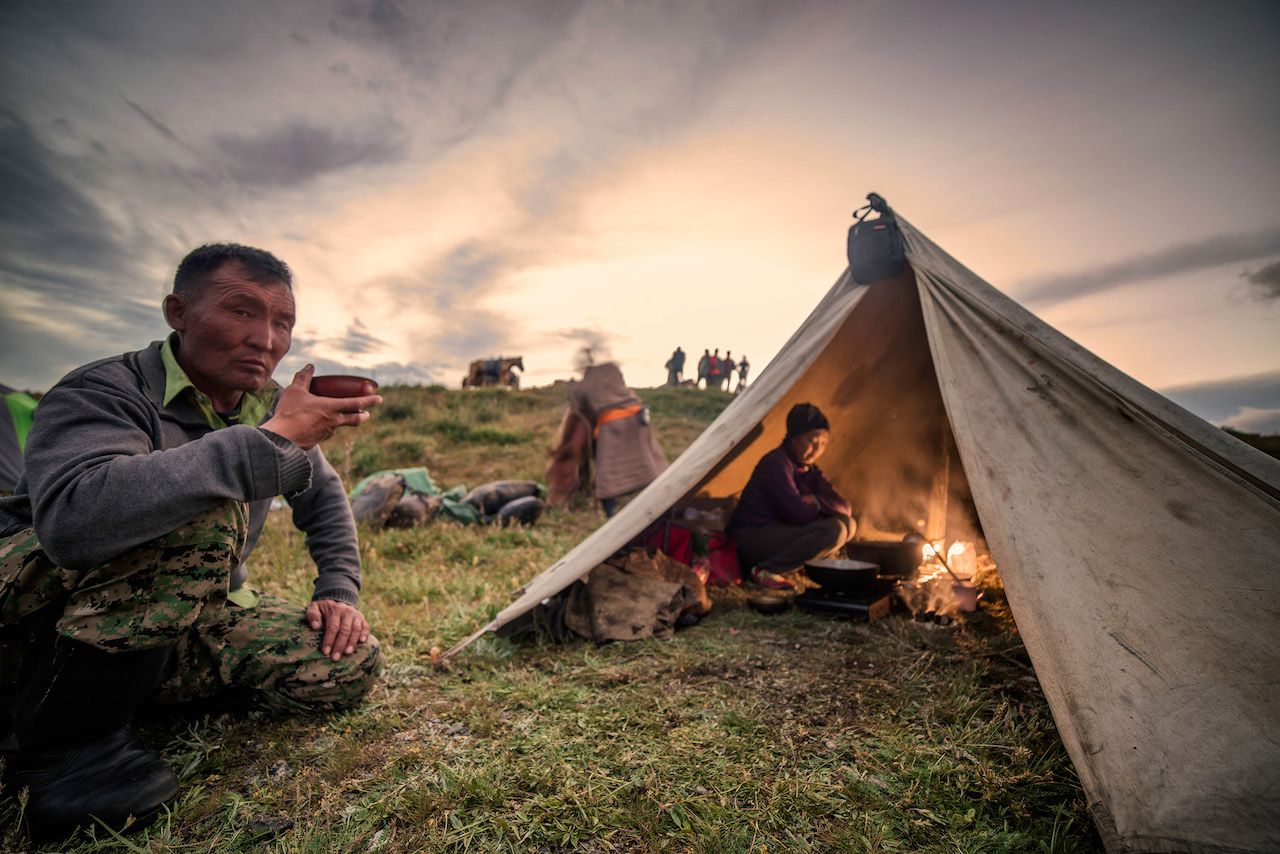
Horidal Saradig: A pristine, unexplored region of Mongolia
Horidal Saradig, Mongolia. The road was rough: a river bed full of soccer ball-sized rocks and gravel. We traversed back and forth for two hours, backtracking to find crossings. We stopped briefly to find high ground. We needed to contact the rangers we were meeting and all we had was a 2-way radio. For about an hour we waited but finally made contact. We now had our destination and headed that way.
The first ranger who greeted us had a horse, tent, and some basic provisions for himself. He was stationed at a lookout point where you could see argali, a species of endangered mountain sheep here in Mongolia similar to the California Bighorn Sheep.

Setting up camp and assembling gear, we took turns getting a glimpse of argali in the distance. At 10 kilometers away, they were very faint in our spotting scope but they were there. As we waited, more rangers started to ride in on their horses. I tried a few times to reach the argali with my Phantom 4. They were 3km out and 600 meters up on a peak. The range wasn’t an issue but the altitude limit was the limiting factor and I didn’t get the shot.

After a night and a day we packed up and headed towards the next location. Two hours further into the protected area on a river wash, a few more rangers greeted us. There we unloaded the van and switched to horses. As I have never been a big equestrian and have also had a bad experience with a Mongolian horse, I opted to put my extra gear on my horse and walk. We had a 4-hour hike all uphill. The trail was non-existent. Permafrost with lichen on top soaked by water. Basically a bog.
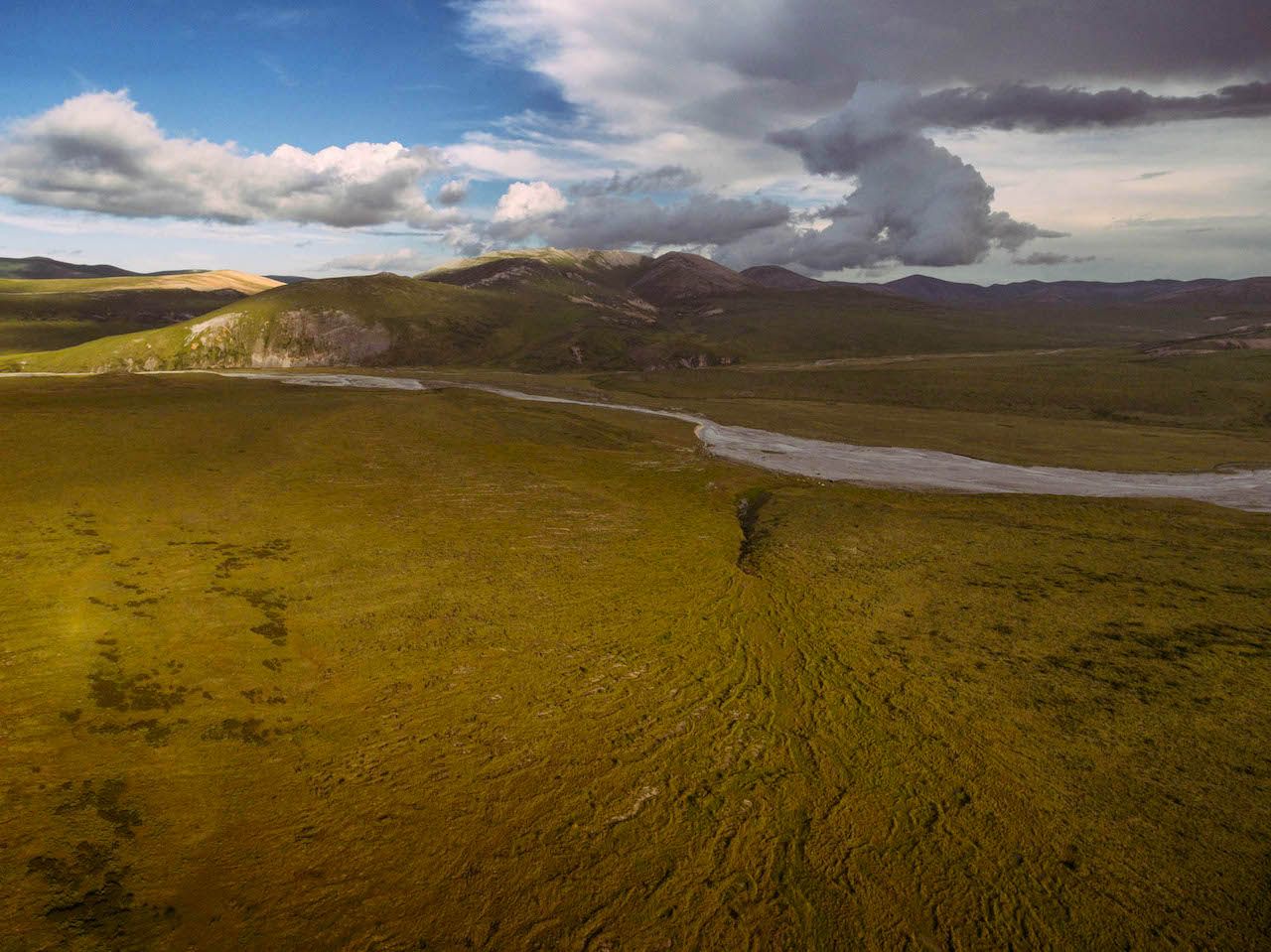
After a few miles with my drone trekker, I handed it off to one of the rangers who was on horseback. I was used to hiking trails so this boggy terrain was really taking it out of me. At this point, I started to realize the toll that sleeping in the backcountry for the last few weeks was really taking on me — both physically and mentally — but I knew what I had come to film was just over the mountain.

We got to the top and looked down into a lush green valley. We were the first westerners to see it. The lead ranger, Tumursukh, had been coming to this place since he was a child with his father. It was the most likely place we would encounter the Siberian Ibex.
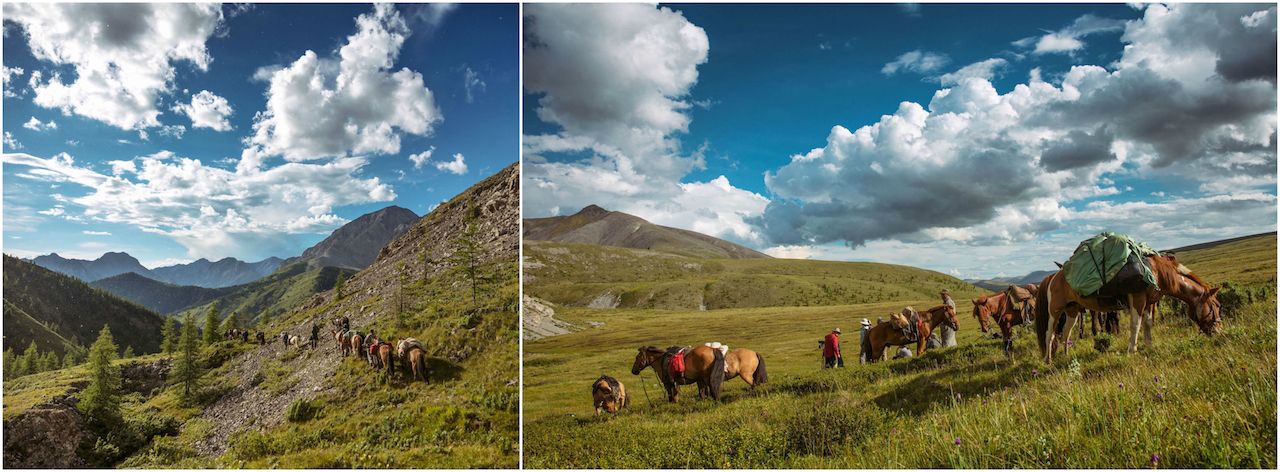
As we unpacked the horses and started to set up camp Tumursukh got out his spotting scope. He wasted no time but we didn’t see anything on that day other than a few birds and a bit of rain.
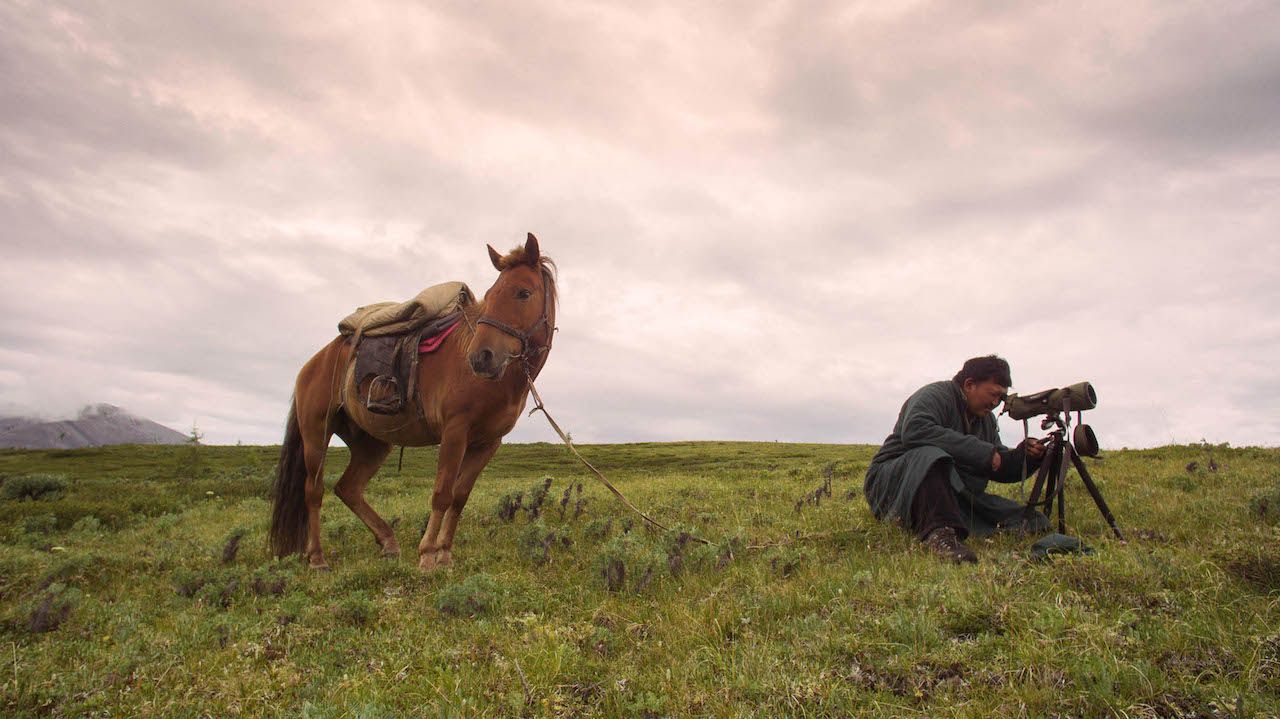
Ragchaa began to cook us some meat. This meat had been salted a few days prior and had not been refrigerated. It was cooked on a stick over the fire and was served very rare. We were also surrounded by wild onions which made for a very interesting flavor.
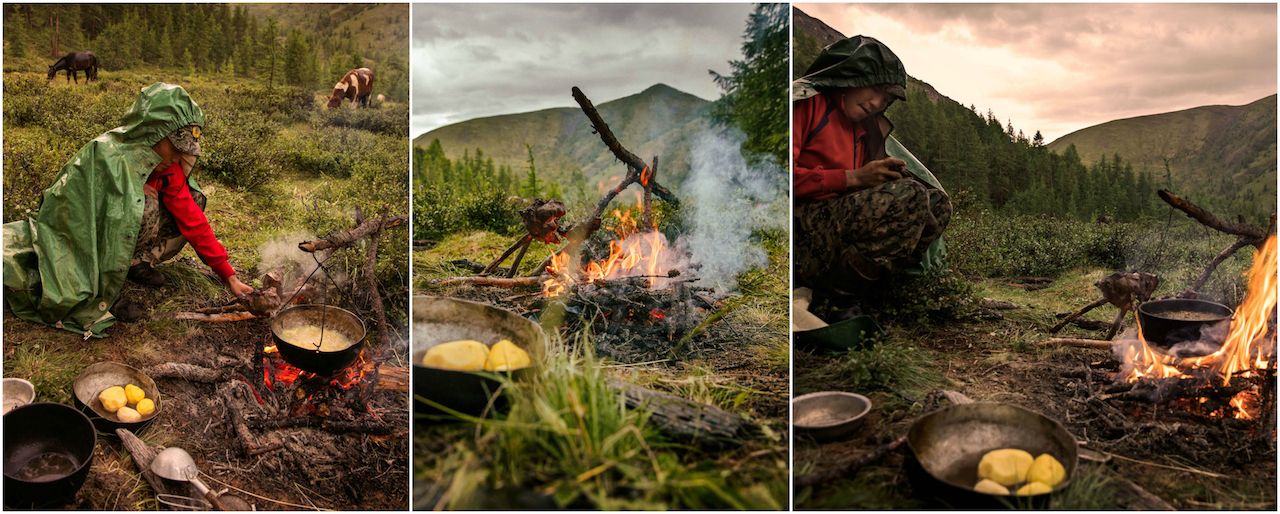
I decided to go to bed before the sun went down (around 10 PM) knowing the next morning was likely the big day. I put two phantom batteries inside my sleeping bag with me so they wouldn’t be too cold to fly as soon as I woke up.
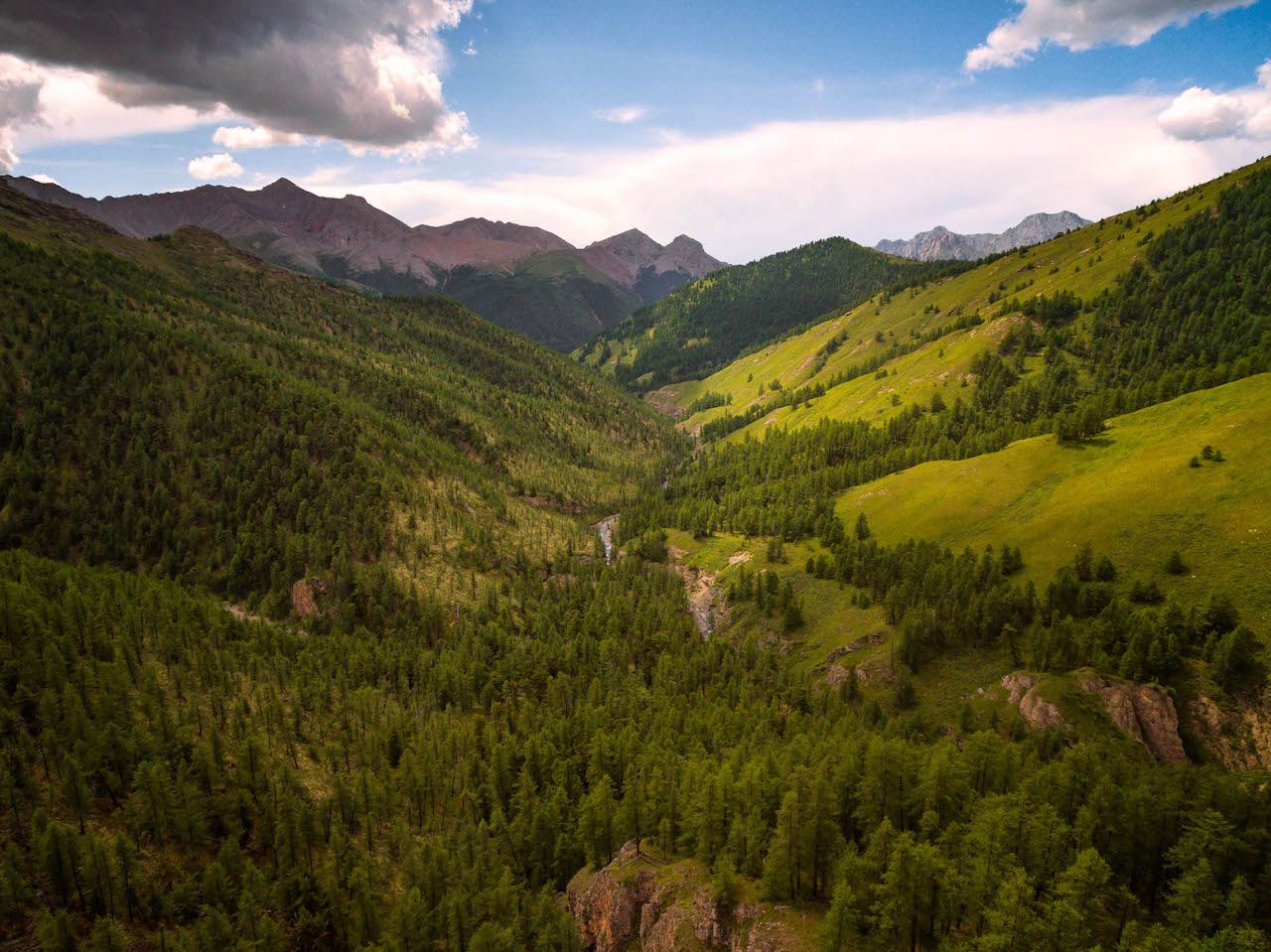
I was woken up by Simon. He had a cup of coffee for me and told me to get my drone ready — there was an ibex on the other side of the valley. I grabbed my P4 and began my preflight ritual. I could see the faint outline of the ibex through the spotting scope but there was no way to see it otherwise. He was 3 kilometers away across a windy gorge. If the drone went down, the party was over.
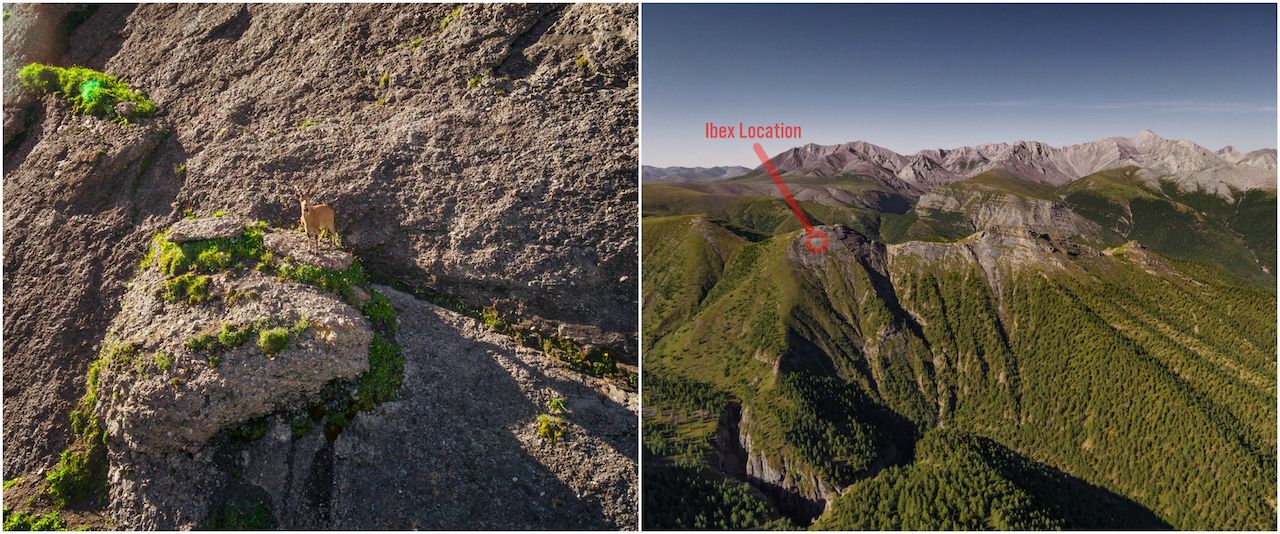
I took off and pointed the drone at a landmark I could see near where the Ibex was. I didn’t have time to wait for a GPS lock so I was flying in attitude mode (I almost always do). Without the comfort of knowing the drone would fly back if I lost signal, my hands were shaking. Simon kept his eyes on the scope guiding me in. After 3 minutes I was right on him. At first, the ibex didn’t know what to think but they are hunted by giant eagles that drag them off these cliffs so once I got close enough he darted. I followed him up and down the cliff side until my battery was at 30%. I flew back cautiously and once I landed a wave of relief fell over me. I had the footage I had come to get. The first close-up look at the Siberian ibex in its habitat. We spotted a few other groups on the other side of the valley and I got some other shots of them but nothing came close to the first flight and the excitement I felt.
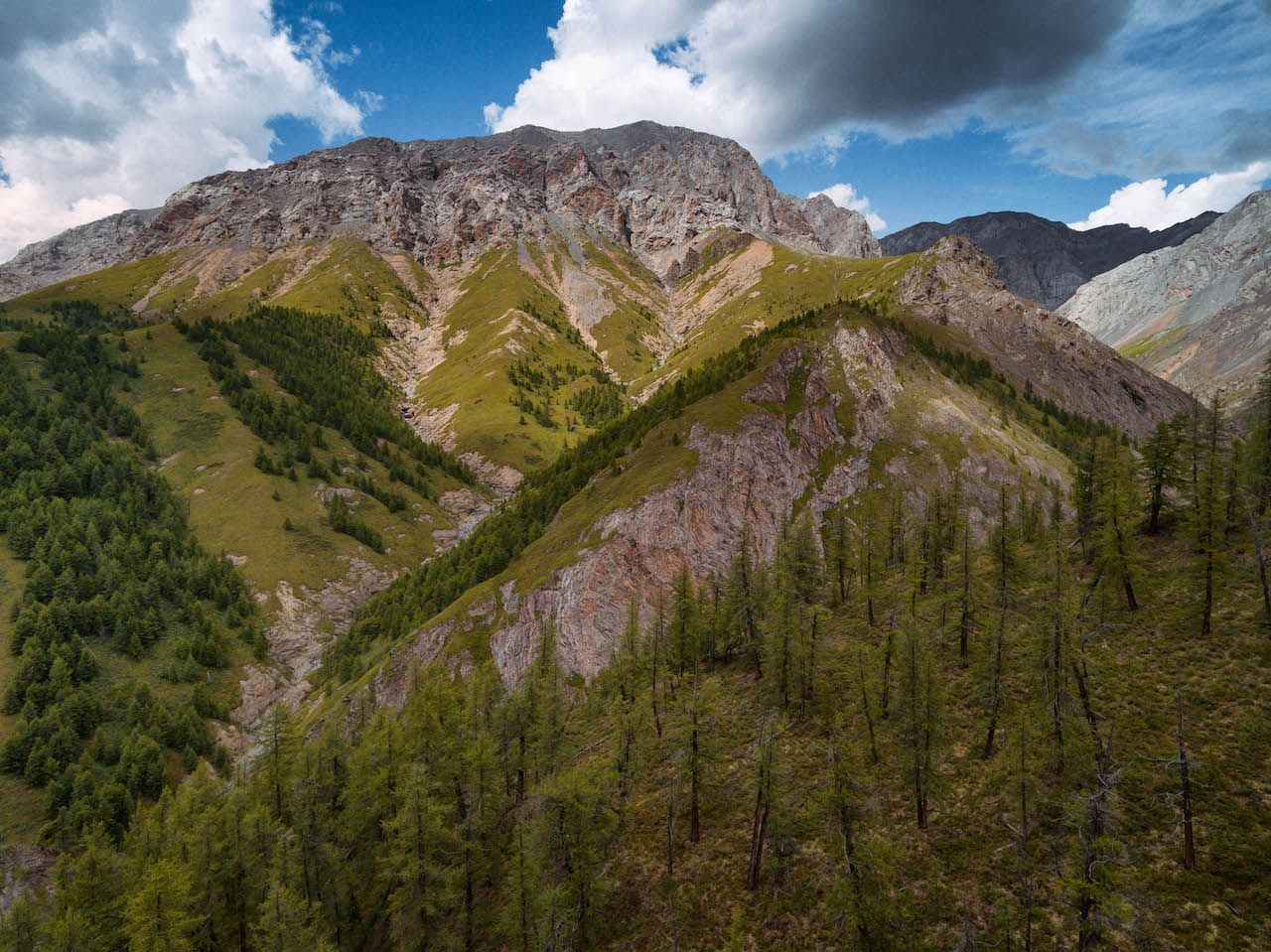
We spent another night in the protected area but the next morning it was raining. We made our way out at 10 AM. Traversed the same way we came in and met up with the rest of our team where we left them. It was time to head back to lake Khovsgol before the long drive to Ulaanbaatar and then the flight home.
The entire trip was centered around getting this footage because it would be crucial in the documentary I was making about the men that patrol these lands. Tumursukh and his group of rangers are unlike any people I have worked with. Their drive and passion were inspiring. They do so much with so little and they do it because nobody else will. This is their home.
